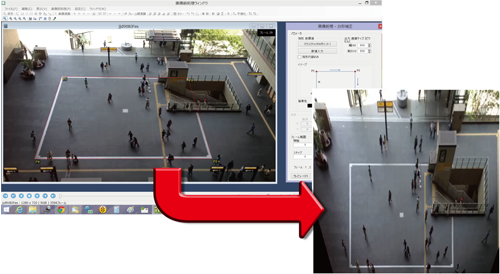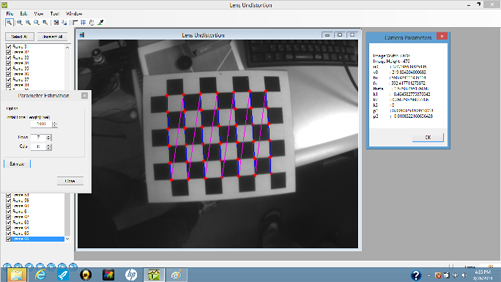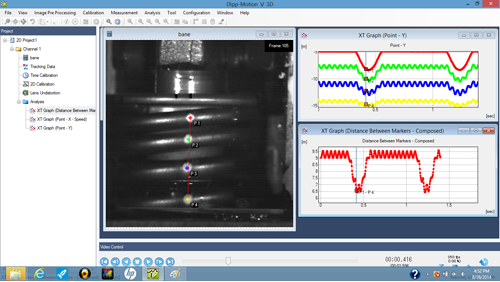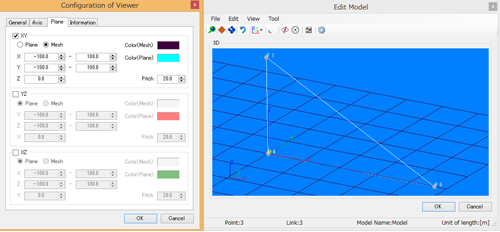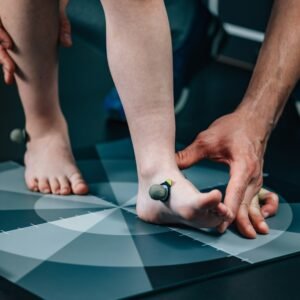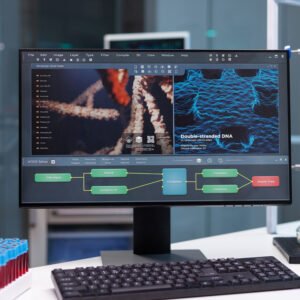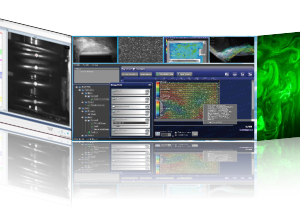Description
Comprehensive Features of DIPP-Motion V
DIPP-Motion V stands out as a robust offline motion analysis software, offering a range of features that enhance its versatility across various applications. Central to its functionality are the diverse motion tracking methods it utilizes, which include normalized cross correlation, binarization of grayscale, HLS color tracking, and checker-marker tracking. Each of these methods provides unique advantages that facilitate precise motion detection and analysis, making DIPP-Motion V an invaluable tool in fields such as automotive experiments, biomechanics, and civil engineering.
Normalized cross-correlation is a powerful technique employed for tracking motion in dynamic environments, providing accurate alignment and comparison between frames. Binarization of grayscale images enhances processing speed and allows for effective differentiation between moving objects and static backgrounds. HLS color tracking, focusing on hue, lightness, and saturation, is particularly useful in distinguishing targets based on color while maintaining robustness against varying lighting conditions. Checker-marker tracking, on the other hand, is favored for its reliability in spatial positioning tasks, which is essential in experimental setups often seen in engineering and physical sciences.
Additionally, DIPP-Motion V includes advanced preprocessing transformations that streamline the analysis process. Users benefit from lens distortion corrections, which help to rectify any visual inaccuracies caused by camera optics, ensuring that the data collected is as precise as possible. The software further extends its capabilities with extensive data analysis options, enabling users to extract meaningful insights from the motion data. With applications spanning multiple domains, from the rigorous demands of biomechanics to the critical evaluations required in civil engineering, DIPP-Motion V effectively caters to the diverse needs of researchers and professionals alike.
Through these comprehensive features, it becomes evident that DIPP-Motion V is designed to provide substantive value, promoting accurate and insightful analysis across various scientific and engineering disciplines.
Specifications and Technical Insights
DIPP-Motion V is engineered with advanced specifications to cater to the sophisticated needs of motion analysis. One of its key features is the support for multiple tracking modes, allowing users to customize their approach based on the specific requirements of their projects. The software includes real-time tracking, enabling immediate analysis and feedback, which can be particularly beneficial in educational and research settings.
Calibration techniques play a vital role in ensuring the accuracy of motion analysis, and DIPP-Motion V employs various methods such as the DLT (Direct Linear Transformation) to facilitate precise 3D coordinate extraction. This method has been thoroughly tested to manage maximum measurement capabilities, ensuring that users can trust the data collected during motion studies.
In terms of output options, DIPP-Motion V excels with its capabilities to provide comprehensive results for both 2D and 3D motion analysis. Users can opt for several supported file formats, making it easy to share videos and data outputs for collaborative projects. This flexibility enables researchers and practitioners to integrate their findings seamlessly into existing workflows and documentation.
The preprocessing and post-processing features are also noteworthy. DIPP-Motion V includes capabilities for noise removal, which enhances the clarity of the motion data collected. Additionally, frame arithmetic functions allow users to manipulate and analyze sequence data more effectively. These features collectively contribute to improved data quality and comprehensive analysis outcomes.
Finally, DIPP-Motion V is designed to be compatible across various operating systems, ensuring that users can access its features regardless of their technological environment. Its robust architecture and versatile functionality make it an ideal choice for anyone seeking reliable motion analysis software.

